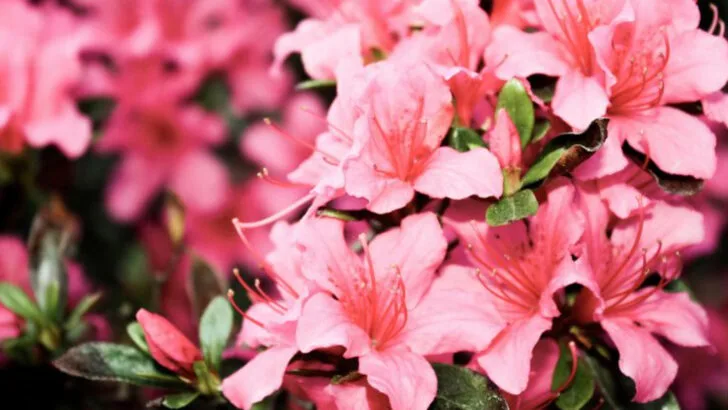Some shrubs look innocent enough at the garden center, neat little shapes in tidy pots, but once they get a taste of open ground, they start spreading like they’ve got something to prove. Before you know it, they’re swallowing fences, creeping into walkways, and throwing shade on everything you actually wanted to grow.
Of course, not all shrubs are that pushy. Some grow just enough to fill a space nicely without acting like they own it. If you’re aiming for structure without constant pruning or surprise takeovers, it helps to know which ones to trust. Here’s a side-by-side look at the shrubs that play nice and the ones that need a firm boundary.
Japanese Knotweed
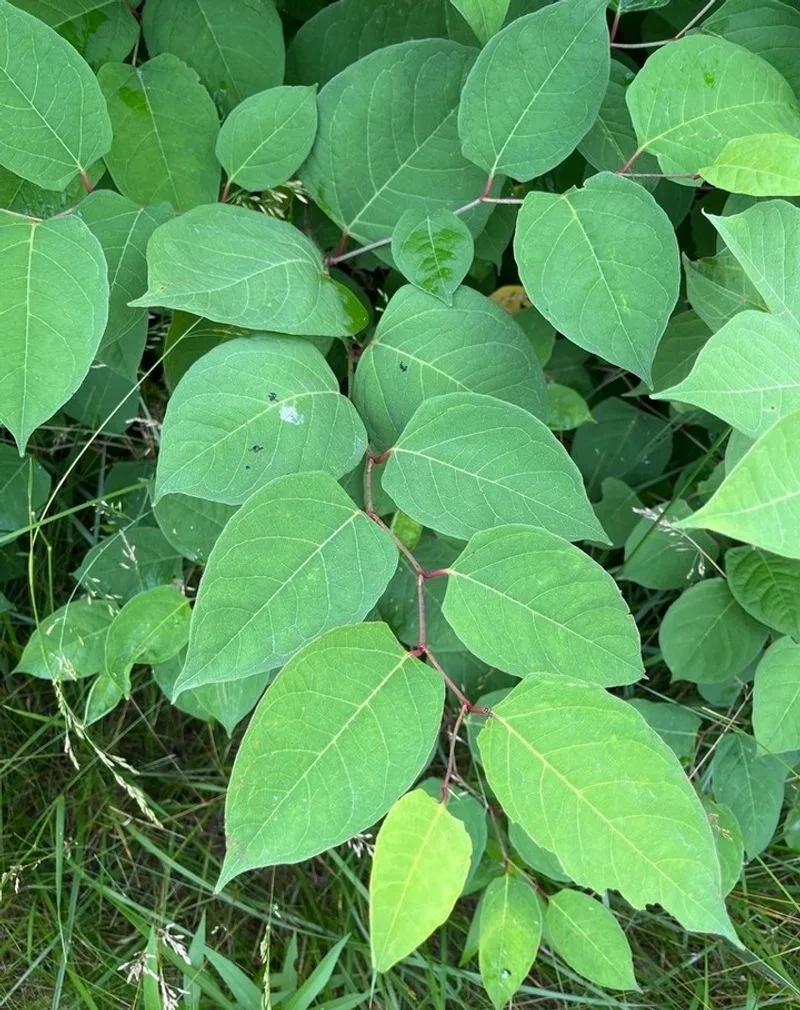
With its bamboo-like stems and rapid growth, Japanese Knotweed is the Houdini of the plant world. Its ability to break through concrete and metal makes it a formidable opponent in any yard.
In the UK, it’s classified as a hazardous plant, requiring special disposal methods. Once it takes hold of an area, it’s almost impossible to remove.
Did you know? Its roots can extend 10 feet deep and 20 feet wide, ensuring nothing stands in its way.
Butterfly Bush
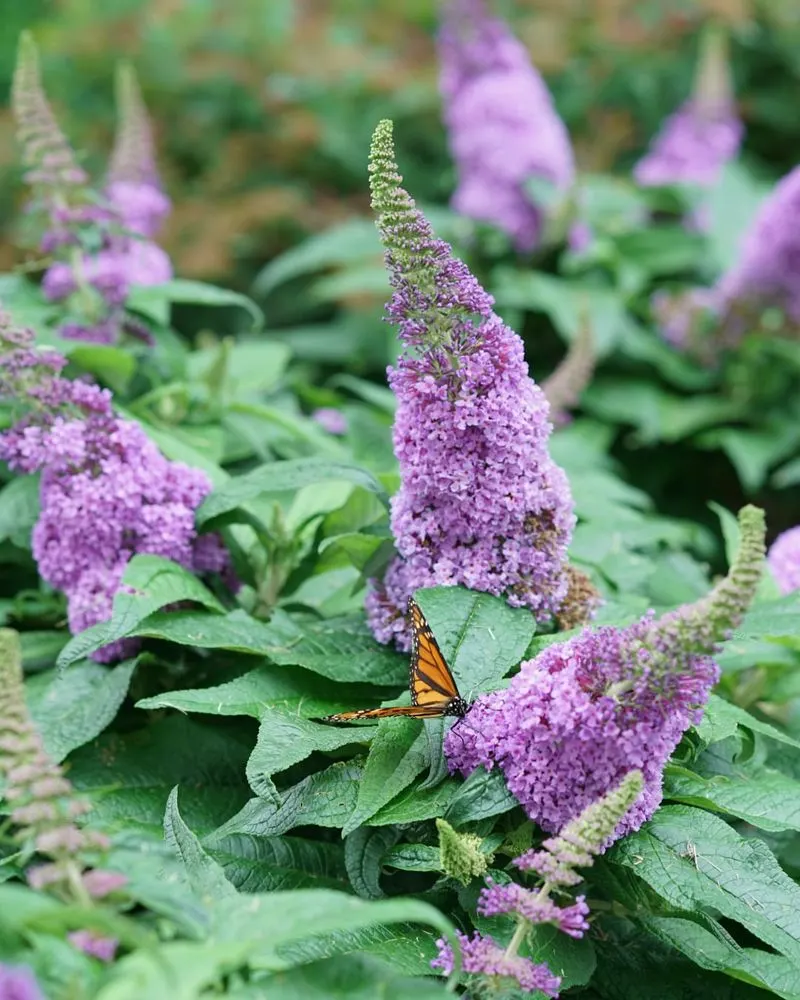
Butterfly Bush, with its cascading clusters of purple flowers, is as inviting to butterflies as it is invasive to your garden. Its rapid spread can quickly overshadow other plants.
Despite its beauty, many regions consider it an invasive species. Gardeners often struggle to control its expansive growth.
Fun fact: Butterfly Bush can produce up to 3 million seeds in a year, ensuring its persistence in any environment.
Privet

Privet, often used for hedges, is a master at claiming yard space with its dense foliage. While it provides excellent privacy, it can be aggressive in its growth.
Without regular pruning, Privet can quickly become unmanageable, overshadowing nearby plants. Its adaptability to various soils makes it a common choice for landscapers.
Historically, Privet has been used for centuries in traditional Chinese medicine, believed to promote longevity.
Russian Olive
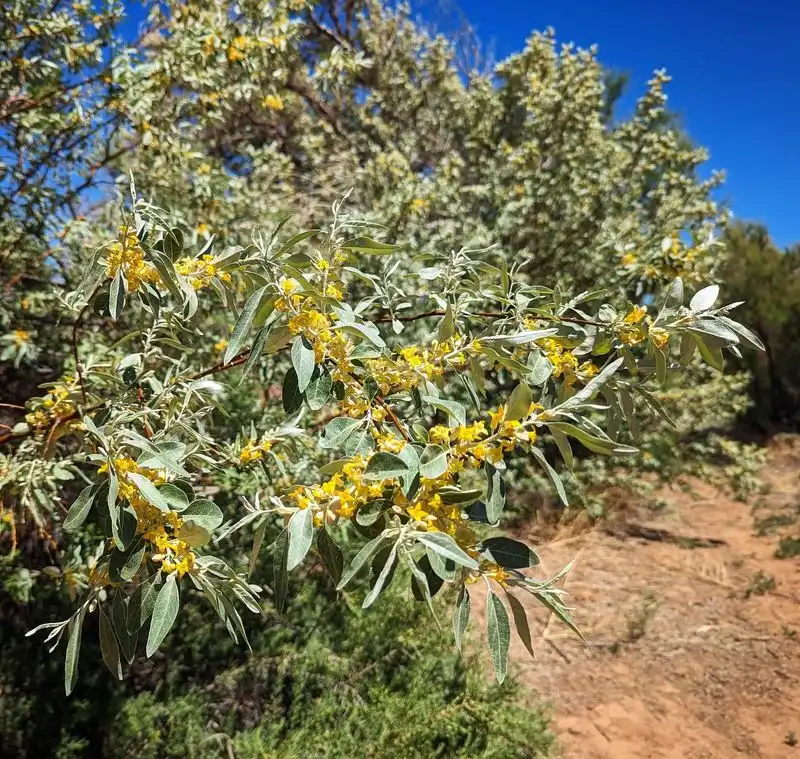
Russian Olive’s silver foliage and thorny branches make it an intriguing but invasive choice. Its rapid spread can dominate local vegetation, affecting native ecosystems.
Once established, its deep roots make removal challenging, often requiring professional intervention. It thrives in poor soil, adding to its resilience.
Did you know? Russian Olive was introduced to North America in the late 19th century as an ornamental plant before its invasive potential was recognized.
Bamboo
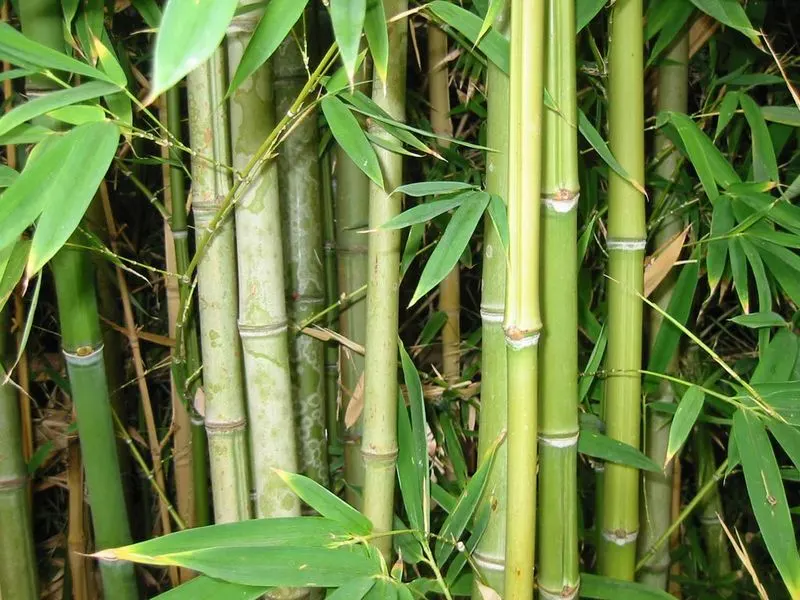
Bamboo, celebrated for its beauty and versatility, can become an unyielding garden guest. Its rhizome roots spread quickly, leading to dense thickets.
Gardeners often find it challenging to control Bamboo’s growth, requiring barriers or regular cutting to manage its spread. Its rapid growth rate sees it towering over other plants in no time.
Fun fact: Bamboo can grow up to three feet in a single day under optimal conditions.
Wisteria
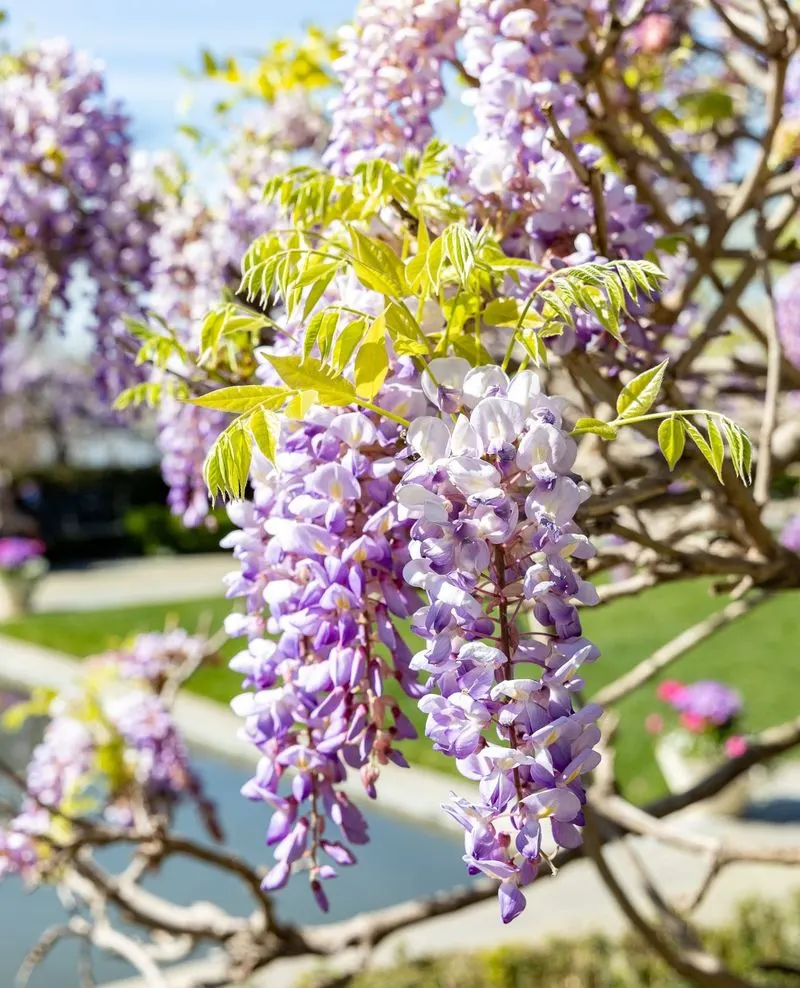
Wisteria, with its enchanting flowers, can weave a tangled web in your garden. Its vines grow aggressively, often engulfing structures and plants.
Regular pruning is essential to keep Wisteria in check. Left unchecked, it can choke out other plants and damage structures.
Historically, Wisteria symbolizes devotion in many cultures, despite its potentially overwhelming presence in gardens.
English Ivy
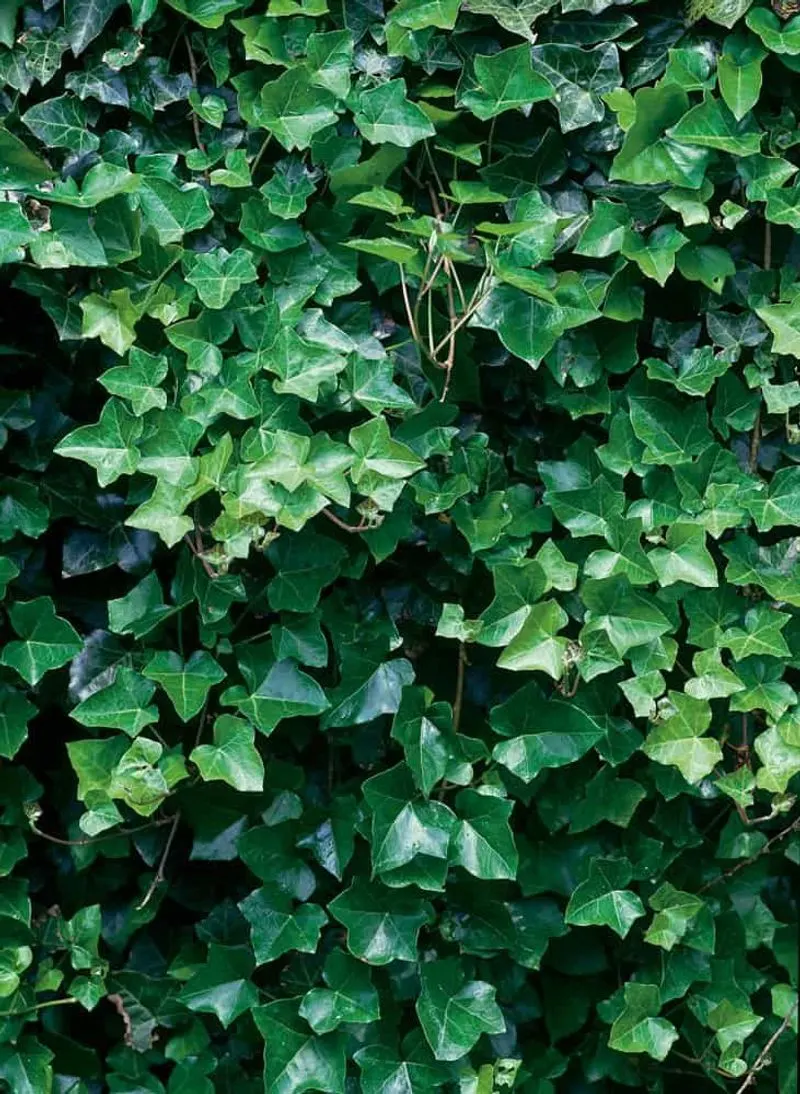
English Ivy, known for its classic look, can take over a yard with its vigorous climbing nature. It adheres to surfaces, often causing damage to structures.
Regular maintenance is needed to prevent English Ivy from suffocating other plants. Its ability to thrive in shade makes it a popular, albeit invasive, choice.
Did you know? English Ivy is often associated with academic institutions, symbolizing intellectual pursuit and growth.
Morning Glory
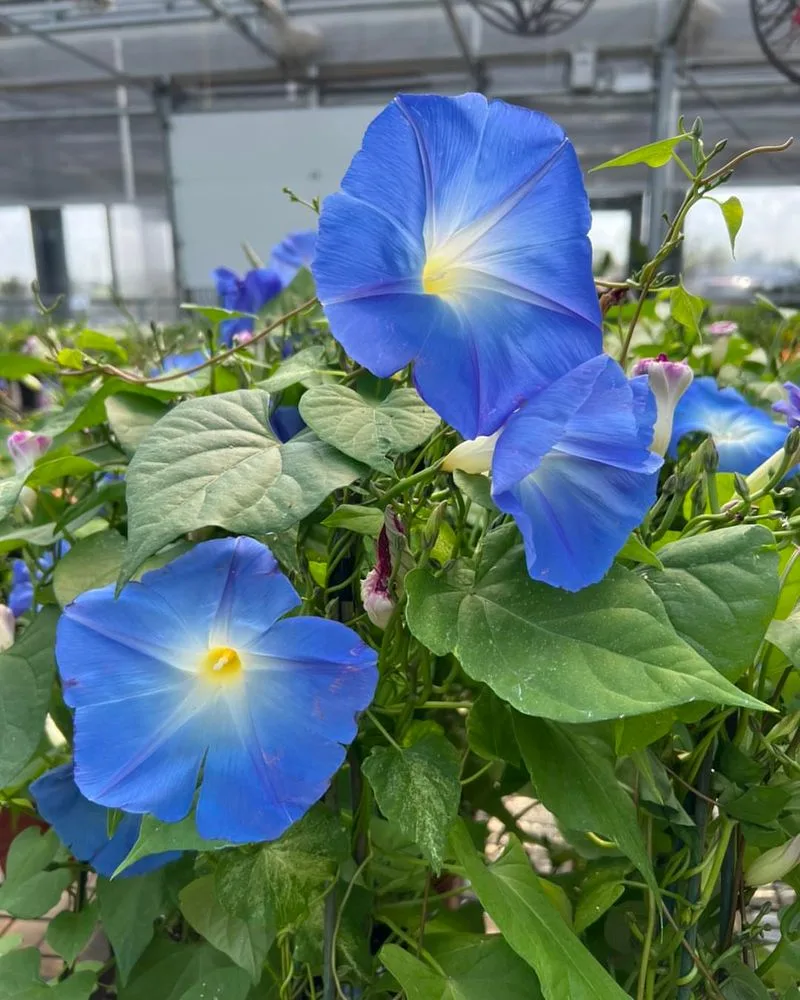
Morning Glory’s vibrant blooms can spell trouble for your garden, as its vines spread rapidly, often strangling other plants in their path.
Gardeners must be vigilant in managing its growth, cutting back its vines to prevent it from overpowering other vegetation. Its persistence makes it both a beauty and a beast in the garden.
Historically, Morning Glory seeds were used in traditional Mexican ceremonies for their psychoactive properties.
Mint
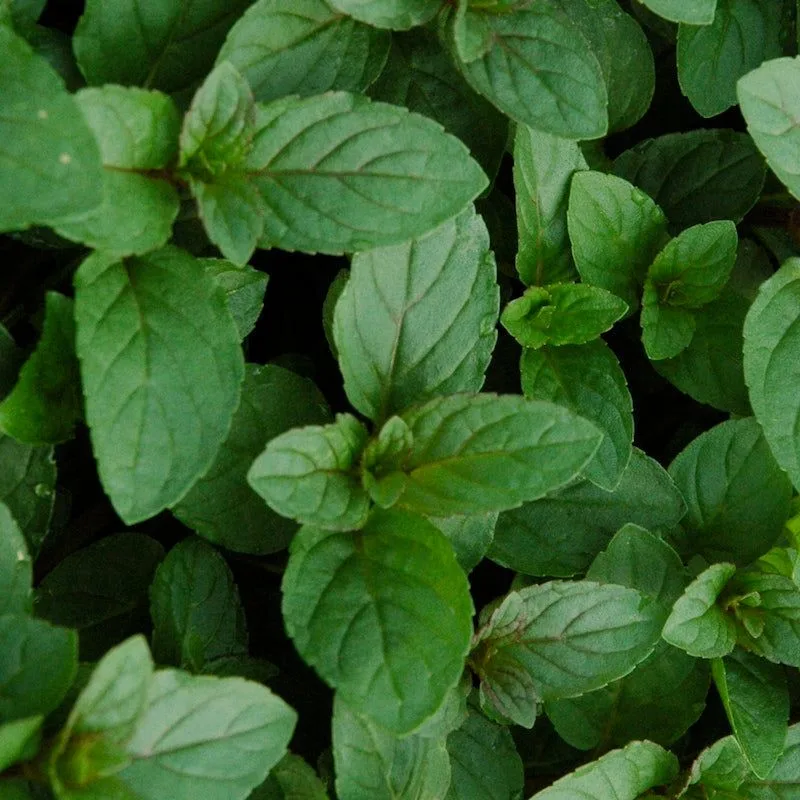
Mint’s fresh aroma and culinary uses are enticing, yet it can dominate a garden with its rapid spread. Its runners quickly establish new plants, often overwhelming other herbs.
To control Mint, it’s best grown in containers, preventing its roots from taking over. Left unchecked, it can become a gardener’s persistent challenge.
Fun fact: Mint has been used for centuries for its medicinal properties, believed to aid digestion and freshen breath.
Boxwood
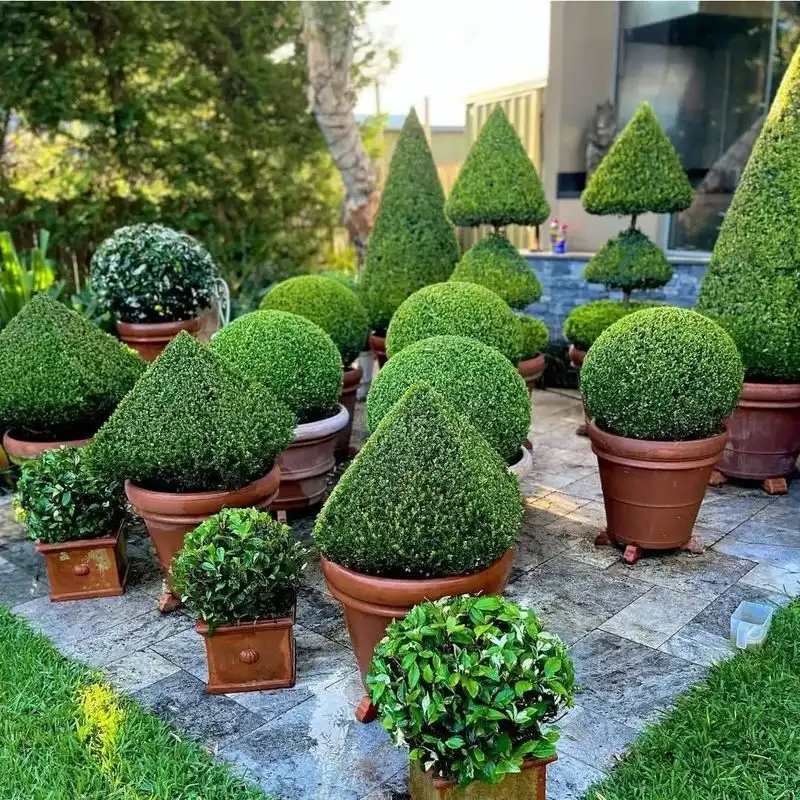
Boxwood’s tidy appearance and slow growth make it a garden favorite that knows its place. Its adaptability allows it to fit into various landscapes without overstepping boundaries.
While it requires regular trimming to maintain shape, Boxwood rarely spreads beyond its intended area, making it manageable for gardeners.
Historically, Boxwood has been used in topiary art, creating intricate garden designs that stand the test of time.
Azalea
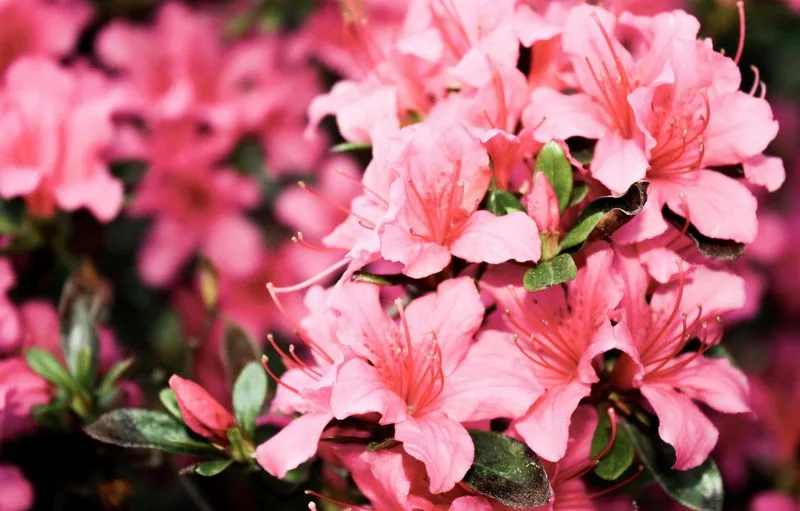
Azaleas, with their stunning spring blooms, offer beauty without the risk of taking over. They prefer shaded areas, making them suitable for underplanting in gardens.
While they require specific soil conditions, Azaleas maintain a compact form, ensuring they don’t dominate the landscape. Their seasonal flowers add a burst of color without overwhelming other plants.
Fun fact: Azaleas are known as ‘the royalty of the garden,’ celebrated for their vibrant, showy blooms.
Lavender
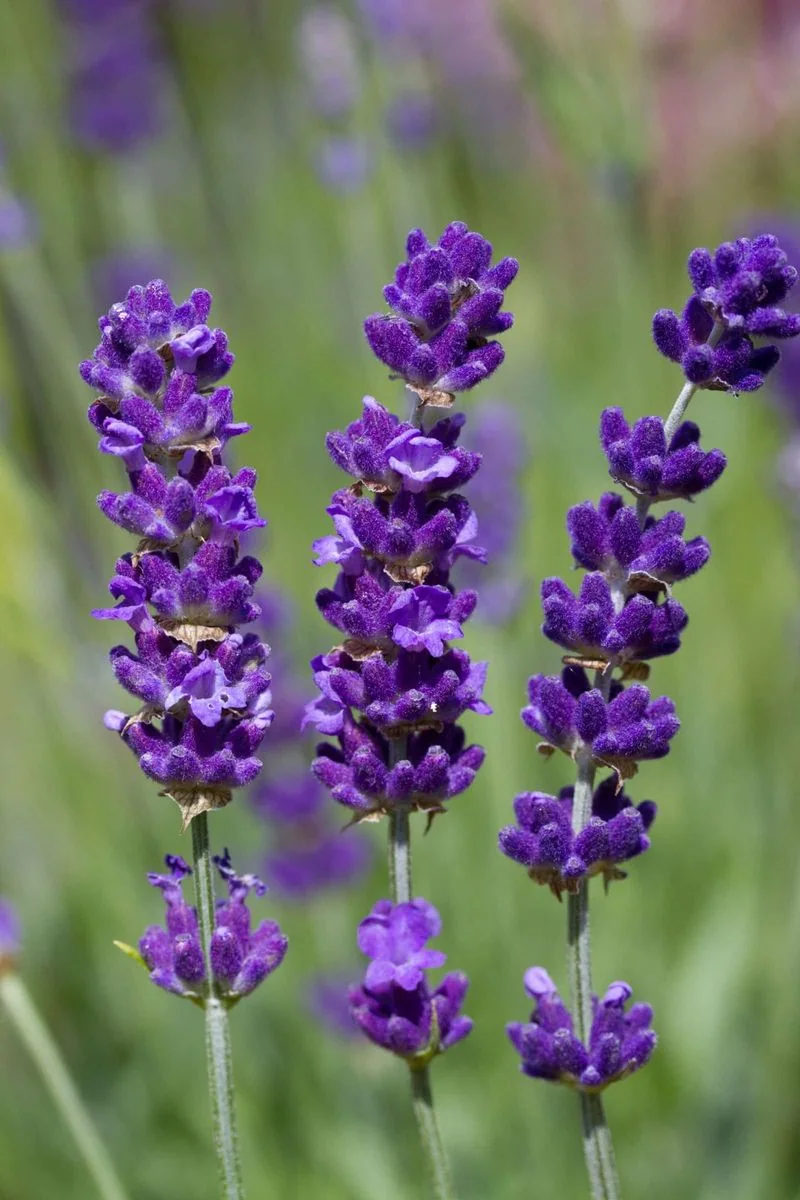
Lavender’s aromatic scent and compact growth make it a beloved garden choice. Its neat bushes rarely encroach on neighboring plants, respecting their space.
With minimal maintenance, Lavender thrives in sunny spots, offering year-round interest with its fragrant foliage and blooms. Its calming presence makes it a gardener’s delight.
Did you know? Lavender has been used for centuries in aromatherapy and as a natural remedy for relaxation and sleep.
Rhododendron
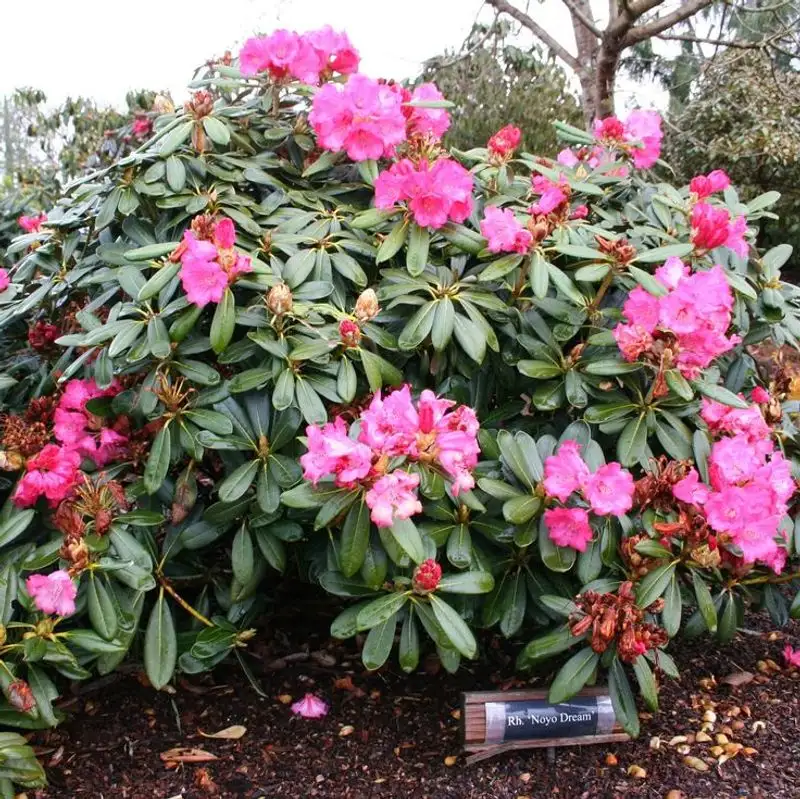
Rhododendrons, known for their spectacular blooms, are ideal for adding drama without overwhelming a garden. Their structured growth ensures they stay within their designated space.
These shrubs thrive in woodland settings, preferring acidic soil and partial shade. Their seasonal flowers bring life to gardens without encroaching on other plants.
Fun fact: Rhododendrons are often associated with mountain regions, known for their resilience in challenging climates.
Hydrangea
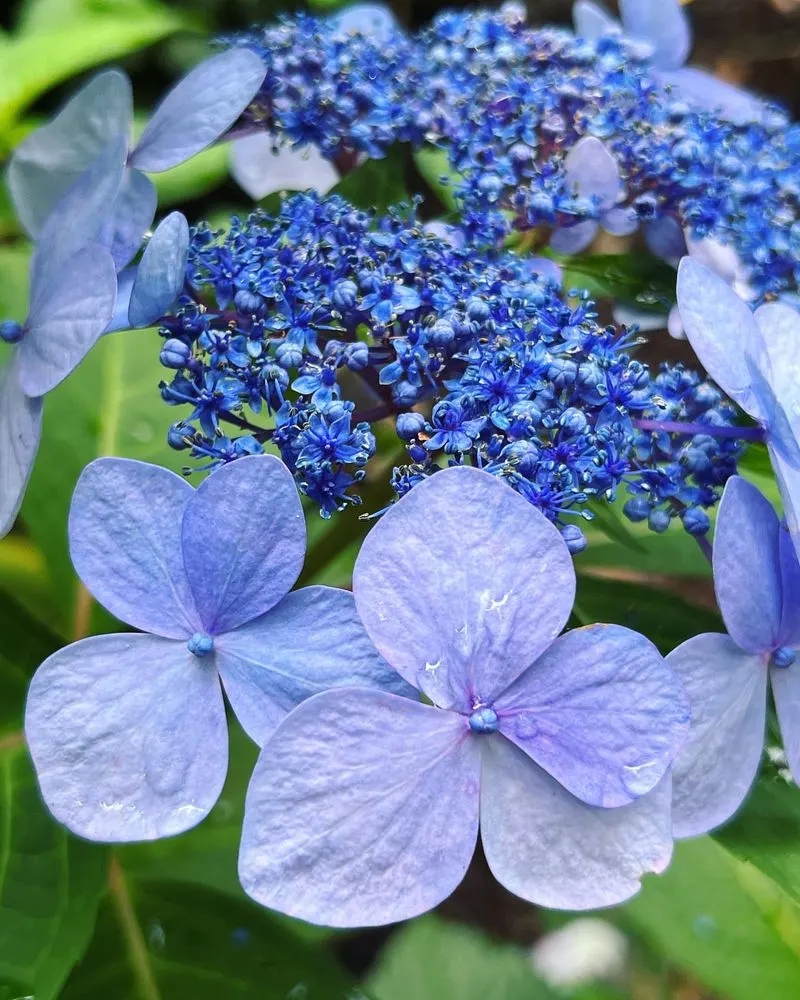
Hydrangeas captivate with their large, colorful blooms, adding elegance to any garden. Their structured growth means they won’t unexpectedly overrun your yard.
These shrubs flourish in both sun and shade, adapting to various conditions without becoming invasive. Their flowers can change color based on soil pH, adding a dynamic element to gardening.
Did you know? In Japan, Hydrangeas symbolize heartfelt emotions, often given as gifts to express sincere feelings.
Holly
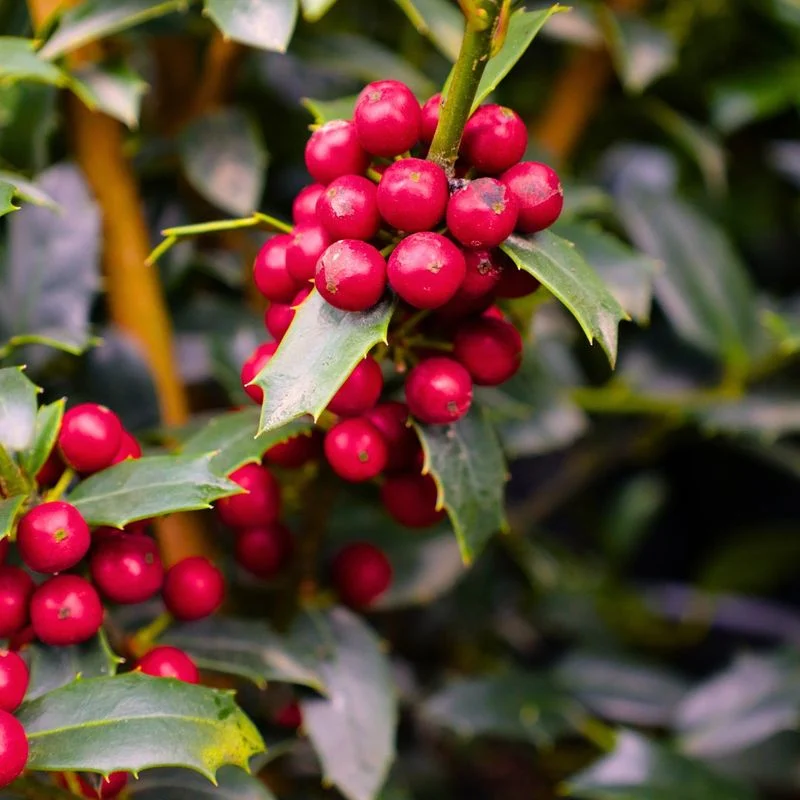
Holly, with its iconic red berries and glossy leaves, offers year-round interest without dominating the landscape. Its slow growth ensures it stays in its place.
These shrubs are often used as natural barriers, providing privacy and habitat for wildlife. Their adaptation to various climates makes them a versatile garden choice.
Fun fact: Holly has been associated with Christmas traditions for centuries, symbolizing protection and good fortune.
Spirea
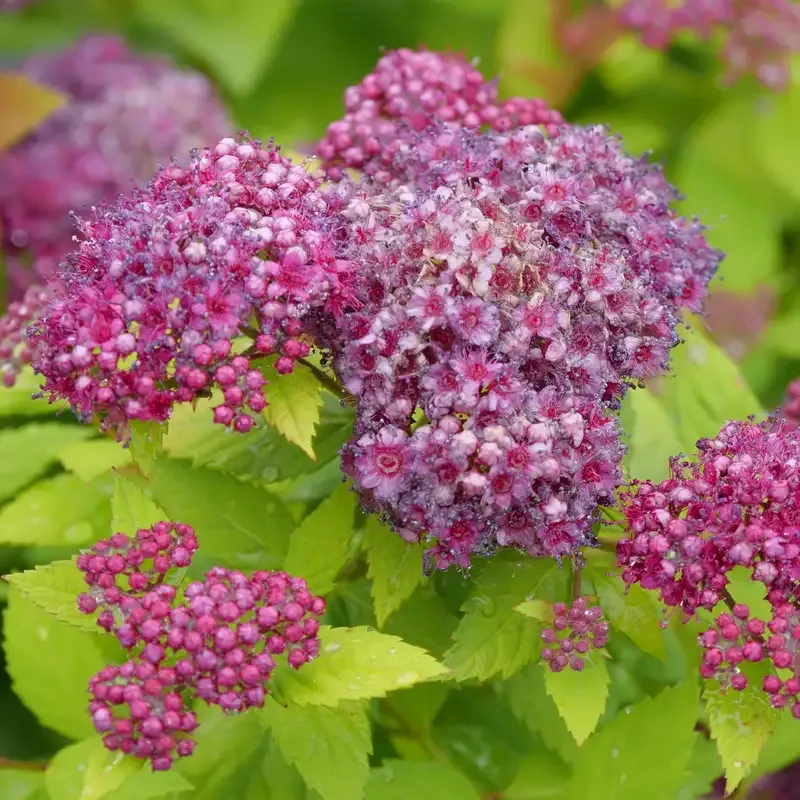
Spirea’s delicate blooms create a charming presence without overpowering a garden. Its compact growth ensures it remains a well-behaved guest in any landscape.
These shrubs are easy to care for, requiring minimal pruning to retain their shape. Their adaptability to different conditions makes them a popular choice for gardeners.
Did you know? Spirea is often used in traditional medicine, believed to have anti-inflammatory properties.
Dwarf Alberta Spruce
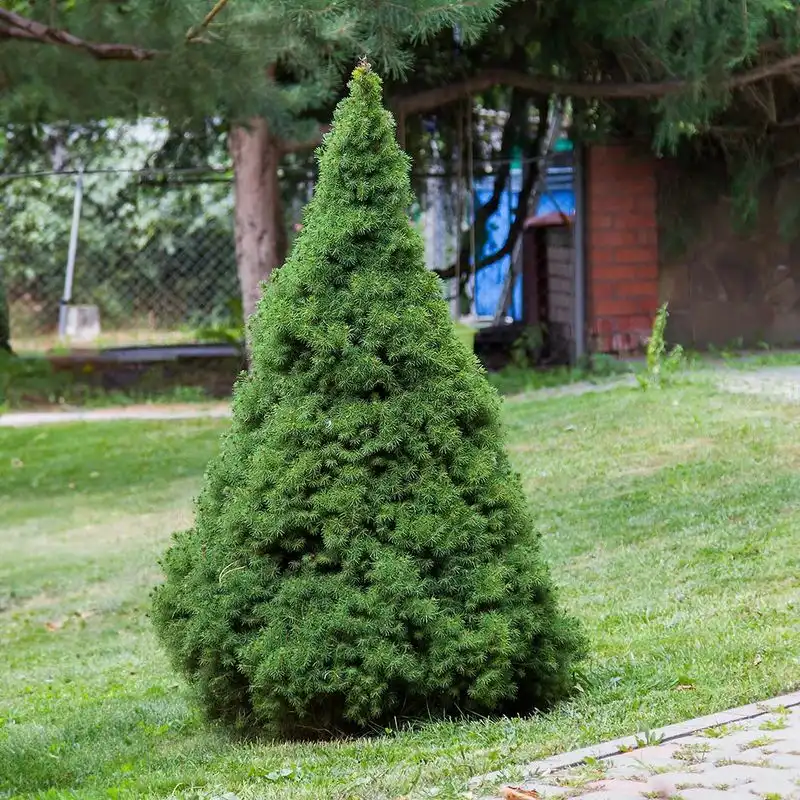
Dwarf Alberta Spruce, with its neat conical shape, offers structure and form without overwhelming the garden. Its slow growth means it won’t outgrow its welcome.
Ideal for small spaces, this evergreen provides year-round interest and requires little maintenance. Its resilience to harsh conditions makes it a reliable choice for any gardener.
Fun fact: Despite its small size, the Dwarf Alberta Spruce can live for over 50 years, becoming a longstanding garden feature.
Gardenia
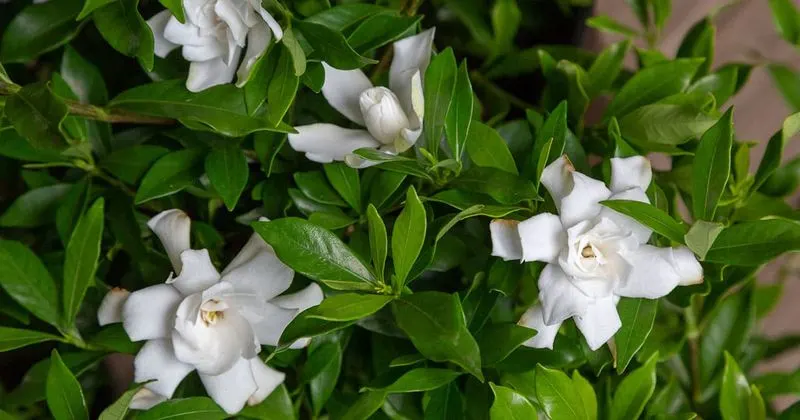
Gardenia’s fragrant blooms and lush green leaves make it a favorite among gardeners seeking elegance without chaos. Its growth is manageable, staying within its designated area.
These shrubs require specific soil conditions and regular care to thrive, rewarding gardeners with their intoxicating scent and beauty. Their presence can transform a garden into a tranquil retreat.
Did you know? Gardenias are often used in perfumery, symbolizing purity and love.

